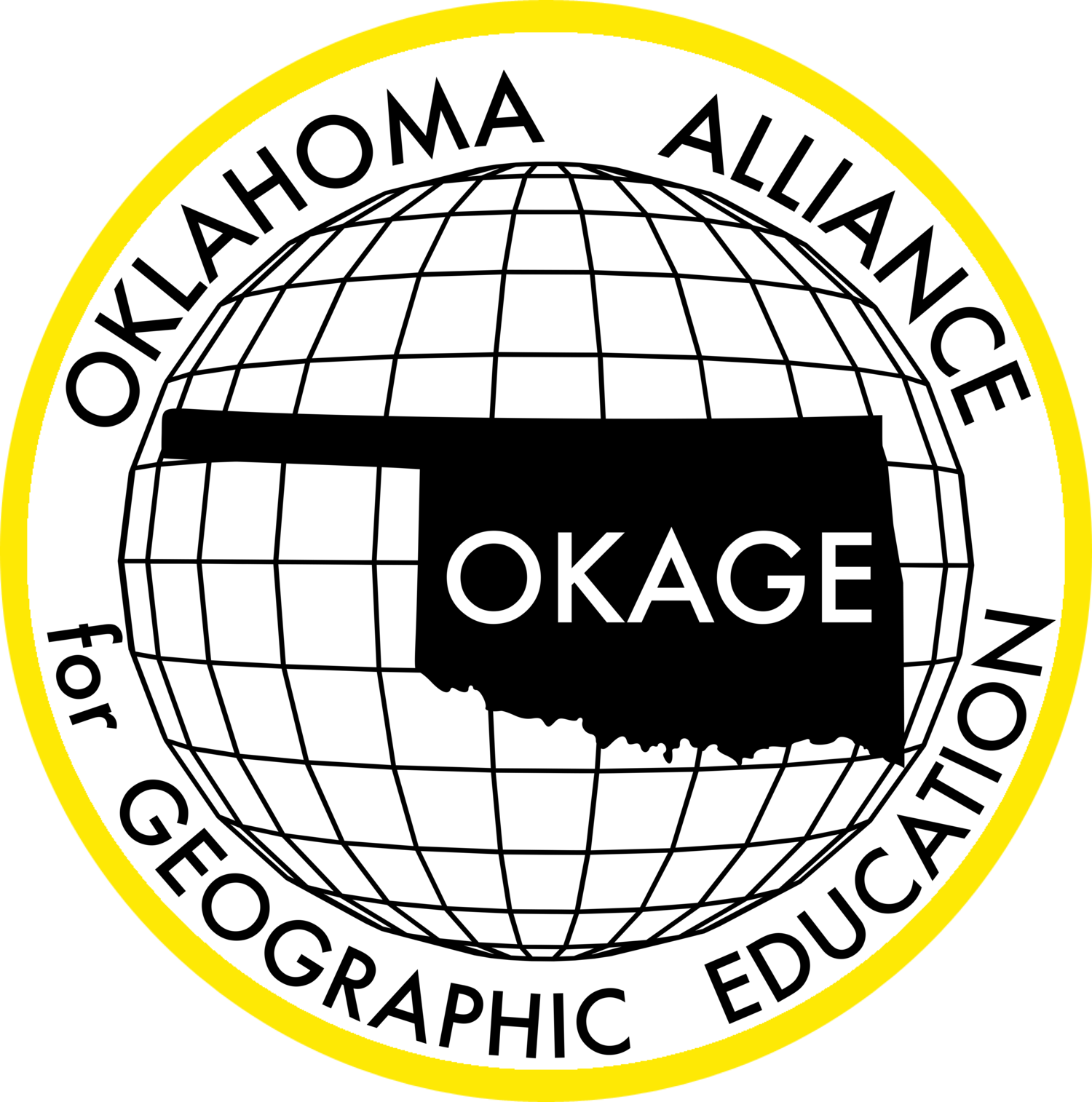Description: This activity contains seven riddles about Asia. These may be used as bell ringers, in conjunction with the Giant Map of Asia, or to enrich other activities. Below please find a sample riddle from this packet.
I’m in a Cambodian temple
Around 900 years of age
Surrounded by jungle
It sets a beautiful stage
It was built in honor
Of a Hindu king
And the name of this temple
Is what you must bring
Without hesitation
And give it to me
If you want to win
Where could I bee
Download the packet and view Page 9 for the answer!
Grade level(s): Middle School, High School
Standards: OAS
Produced By: Richard Tuberville





















